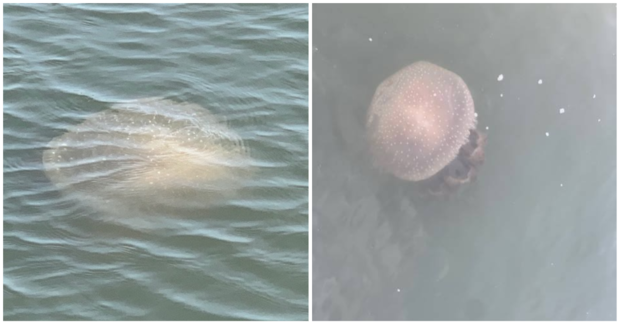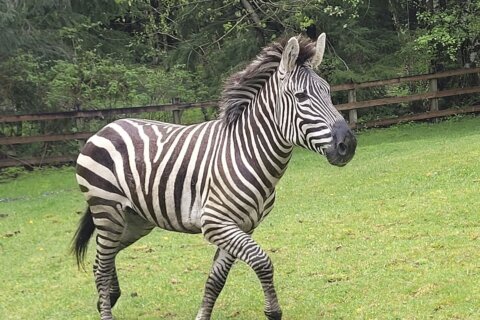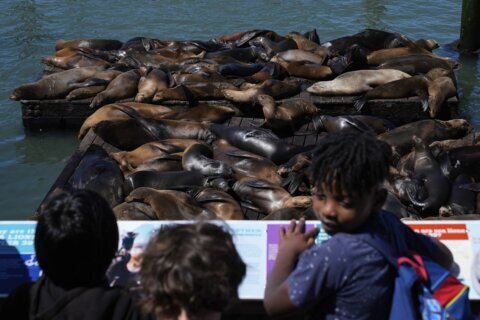▶ Watch Video: The impact of climate change on invasive species and ecosystems
A species of jellyfish that can grow to around the size of a beach ball and cause damage to boats has recently been spotted in North and South Carolina, according to the South Carolina Department of Natural Resources.
The department shared two images of the jellyfish, called an Australian spotted jellyfish or White spotted jellyfish, from a recent sighting just south of Myrtle Beach on their Facebook page on Wednesday. “These jellies can form large ‘blooms’ that gobble up fish and shellfish eggs and damage boats and fishing gear,” the department warned.

Peter Kingsley-Smith, a senior marine scientist at the department’s Marine Resources Research Institute, explained to CBS News that a bloom occurs when there’s a “high-density aggregation” of the jellyfish in an area. Kingsley-Smith said the exact size of the jellyfish couldn’t be determined from the photo.
The creatures are an invasive species and are native to Australia and the Philippines, according to the National Invasive Species Information Center. The center said they were first spotted in the U.S., in California, in 1981, but Kingsley-Smith said they have been reported out of their native range since the 30s or 40s.
The center said they “probably” entered from the Pacific Ocean by means of the Panama Canal on the hulls of ships.
The jellyfish first hit the southeast coast of the U.S. in 2000, when a major bloom occurred off of the Gulf of Mexico, Kingsley-Smith said. An estimated 5 million of the creatures were spotted off the coast of Louisiana and Alabama at that time. He said scientists now believe there’s an established population of the species in the Gulf of Mexico, likely as a result of the event in 2000. The species is seen there regularly.
Australian spotted jellyfish were first reported off the South Carolina coast in 2007 with individual reports of single jellyfish, Kingsley-Smith said. Then, a break in sightings occurred until 2017, when a fisherman recorded a massive bloom in the Broad River, he added. The fisherman recorded that the jellyfish bloom stretched a quarter-mile wide and about 5 miles up the river at the time.
Kingsley-Smith said it is “difficult” to tell exactly where the jellies from these recent sightings in the Carolinas have come from, as they can be moved by tides and currents over “substantial distances.”
He said he isn’t extremely concerned by the recent sightings, as they have been individual jellies, not “large swarms.”
“In terms of the Australian spotted jellyfish, the concern about impact is about these large bloom events,” he explained, adding, “In the case of an individual jellyfish, those concerns are lessened.”
But he stressed that it’s important for people who believe they spot the species to report it, as the combination of reports can give a better idea of the state of the species in the area. The department urged people to “keep an eye out for this species,” which has a distinctive “spotted appearance,” and report any sightings online on the U.S. Geological Survey’s website to help federal researchers “keep tabs on it.”







